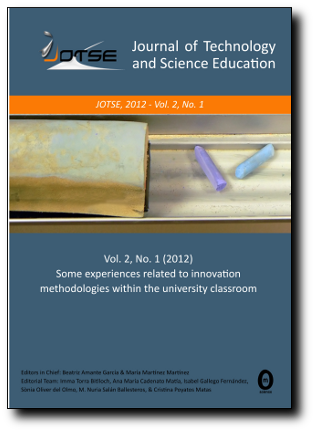A methodology to find possible optimal profiles based on 4Q model to learn computer programming by pairs in a systems engineering program
Abstract
This paper presents the methodology, results and conclusions obtained in the development of a research whose objective was to establish the most productive academic pairs, in terms of learning, using the 4Q model of thinking preferences within the framework of a programming subject in Systems Engineering. To achieve this, a research methodology has been adopted to work in the classroom in which the profile of each student's thinking preferences has been identified and, as a result, they have been related by pairs with other students to determine the better couples that complement each other to learn computer programming. The results obtained show certain complementarities in the different profiles that draw attention and that could be capitalized within the context of a programming course. It is concluded that, effectively, it is possible to find optimal profiles in the students in the light of the 4Q model that helps the programming computer learning process to be more effective.
Keywords
4Q Model, computing, learning, programming, systems engineering
DOI: https://doi.org/10.3926/jotse.2967
This work is licensed under a Creative Commons Attribution 4.0 International License
Journal of Technology and Science Education, 2011-2026
Online ISSN: 2013-6374; Print ISSN: 2014-5349; DL: B-2000-2012
Publisher: OmniaScience





